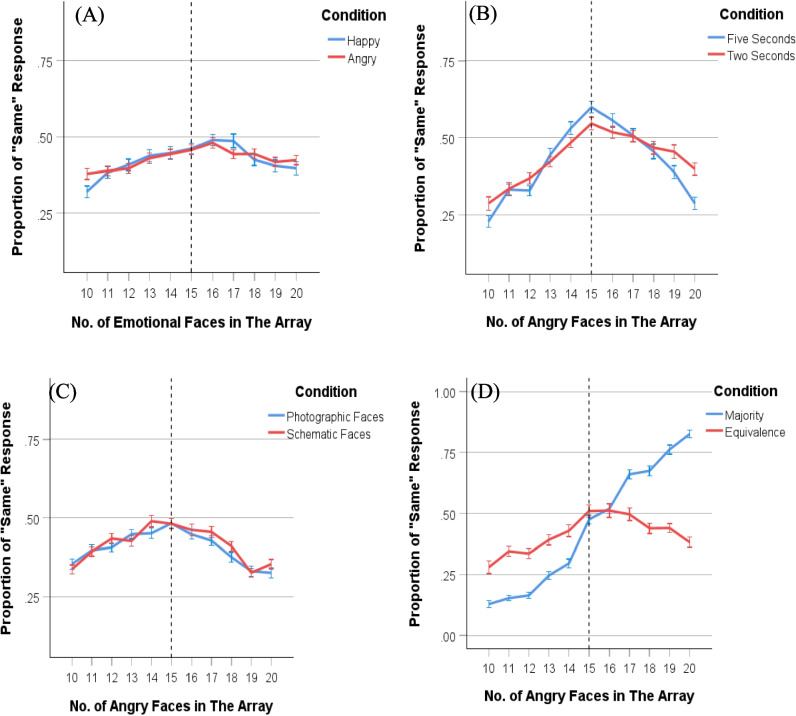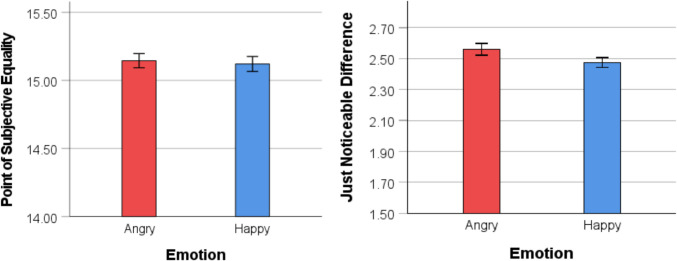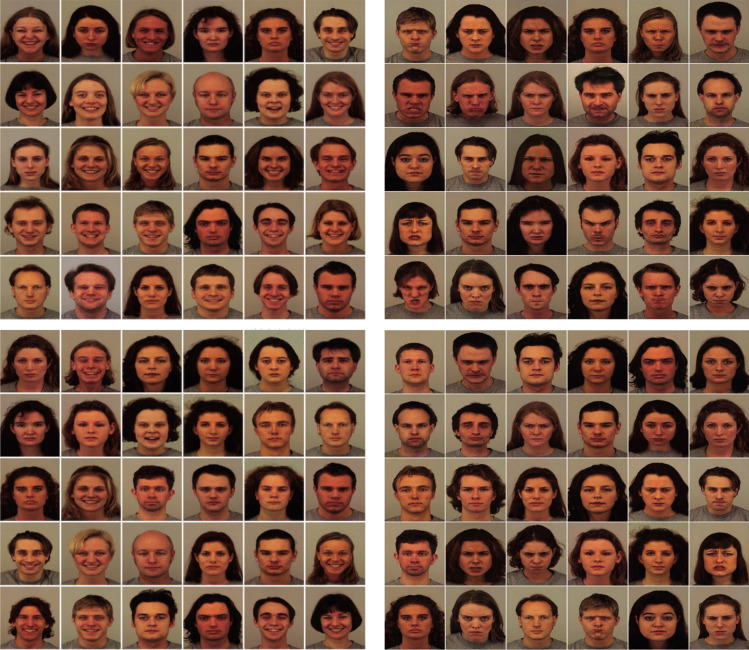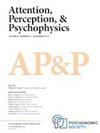Stay calm in crowds: Avoiding emotional faces in ensemble perception
Abstract
Previous research has shown that people tend to display attentional biases toward faces with strong emotions within crowds, often overestimating the extremity of the average emotional expression. However, this emotional amplification effect has not been consistently observed in tasks where observers summarize other crowd features, such as the number of faces. This study aims to explore the attentional mechanisms underlying these inconsistent findings. To do so, we recruited 584 participants across four online experiments and employed an equivalence judgment task to assess participants’ ability to estimate the number of emotional faces. In the task, participants determined whether the number of two types of facial expressions within a series of crowds was the “same” or “different.” Experiment 1 revealed that the number of emotional faces (angry and happy) was underestimated relative to neutral faces. Experiment 2 replicated this underestimation effect across different face types and exposure durations. Experiment 3 demonstrated that the emotional amplification effect may be caused by strong emotion contrasts within crowds. Experiment 4 confirmed that the underestimation of the number of emotional faces could be replicated in the numerosity estimation task with different instructions. Our findings suggest that people may strategically suppress attention to emotional faces to mitigate their emotional response. This study provides important empirical evidence to enhance our understanding of the cognitive processes underlying emotion perception and social behavior.




 求助内容:
求助内容: 应助结果提醒方式:
应助结果提醒方式:


